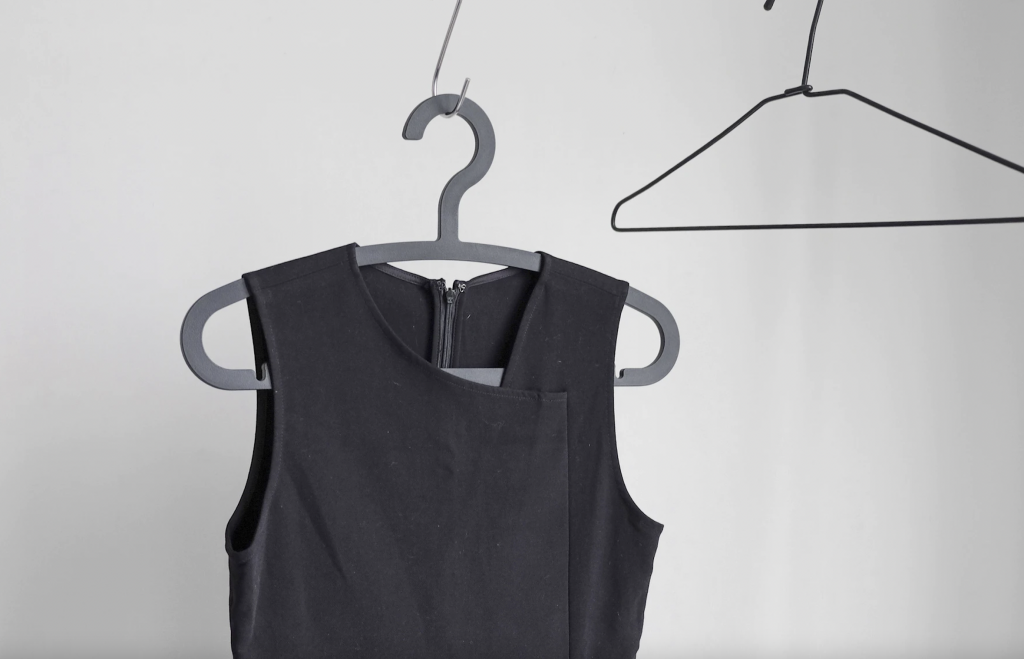A “hotbed” of apparel and footwear manufacturing, Myanmar’s exports have been on the rise over the past decade, with the Southeast Asian nation boasting annual growth of 57 percent in apparel exports between 2015 and 2019, and experts projecting that the country will export $10 billion worth of garment items by 2024 (by pre-COVID-19 forecasts). Currently a $6 billion industry and a critical source of almost one million jobs, the garment manufacturing sector continues to hang in the balance of the February 1 military overthrow of the democratically elected government and enduring violence being waged by police against peaceful protesters.
As the European Union has levied sanctions on Myanmar, and the U.S. has imposed additional sanctions and added four Myanmar entities to the U.S. Entity List, a trade blacklist published by the Department of Commerce’s Bureau of Industry and Security, the global apparel trade is hardly insulated from the devastating equation, and in fact, experts say that “the consequences for the important industry could be severe,” financial publication Nikkei reported last month, as a growing numbers of sanctions loom and brands review future orders. The fallout from the February coup and corresponding protests, which resulted in the deaths of more 50 people this past weekend, alone, further compile existing issues for the garment industry created by the COVID-19 pandemic, which caused widespread layoffs in light of rampant delays and slashed orders by Western apparel companies.
While Myanmar’s garment industry is smaller than those boasted by the likes of China, Bangladesh, and Thailand, it is, nonetheless, viewed “as a promising, low-cost alternative to China for clothing – from simple shirts to more complex jackets and coats,” the Wall Street Journal recently reported, drawing business from mass market brands like H&M, Mango, Next, and Primark. How those companies respond to the ongoing strife stands to directly impact the already-plighted garment manufacturing workforce, and to date, is seemingly mixed.
A representative for London-headquartered Primark, for example, told the Journal last month that the company had “no current plans to change its sourcing strategy,” but was, of course, “closely monitoring the situation.” More recently, H&M, which holds the title of one of the world’s largest fashion retailers, said that it is halting orders. “Although we refrain from taking any immediate action regarding our long-term presence in the country, we have at this point paused placing new orders with our suppliers,” Serkan Tanka, Country Manager Myanmar, said in an email to Reuters on March 8. “This is due to practical difficulties and an unpredictable situation limiting our ability to operate in the country, including challenges related to manufacturing and infrastructure, raw material imports and transport of finished goods.” The Swedish fast fashion titan has nearly 50 direct suppliers in Myanmar.
The differing responses from individual entities comes as companies across the board “face a quandary,” according to Nikkei’s Shaun Turton. On one hand, “Remaining engaged in a country under military rule carries risks.” On the other, “Cutting ties will hurt workers.” The latter is a particularly striking element given the significance of the garment manufacturing industry to the development of Myanmar. According to World Bank figures, garment exports accounted for more than 30 percent of the country’s exports in 2019, with the industry acting as a “crucial engine of poverty reduction.” At the same time, economist Jared Bissinger, who has consulted for the United Nations’ International Labor Organization in Myanmar, told Nikkei that the garment/textile/footwear sector has been “one of the biggest drivers of the country’s structural transformation, moving people” – most of whom are young women – “into higher-productivity sectors.”
“In the coming months, I think you’ll see investments pause and new approvals dry up. Orders will continue to drop,” per Bissinger. “The question is how bad it will be – both for the sector, but more importantly for the people of Myanmar.”
In terms of doing business in Myanmar, the existing sanctions that the U.S. has imposed “do not place a general prohibition on dealings in Myanmar, nor [on] the export of financial services to it,” according to Hill Dickinson LLP partner Jonathan Goacher. In fact, “They do not broadly prohibit dealings with the new government of Myanmar,” which he says “mirrors the general reaction of the international community,” such as from Canada and the United Kingdom, which have “also sanctioned particular parties while the European Union has announced an intention to impose targeted sanctions but it remains to be seen exactly what these are.”
As of now, Goacher asserts that while “in broad terms, doing business in or with Myanmar remains legally possible,” it is recommended that “those doing so closely monitor the situation for further developments and are diligent in avoiding dealings with sanctioned parties, even inadvertently, that could expose them to significant penalties as well as creating damaging publicity.”











